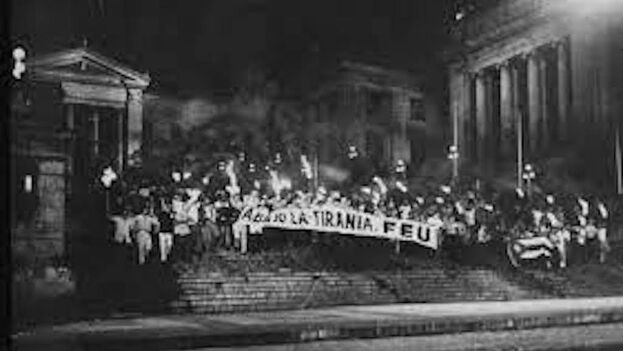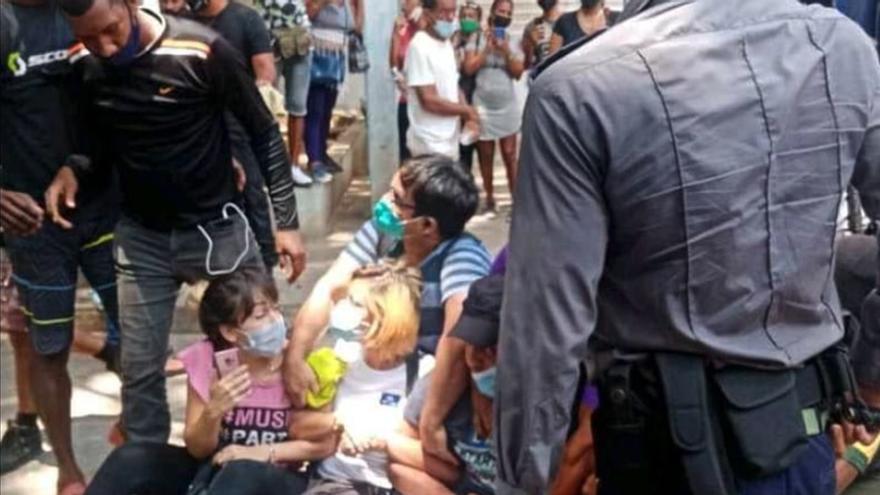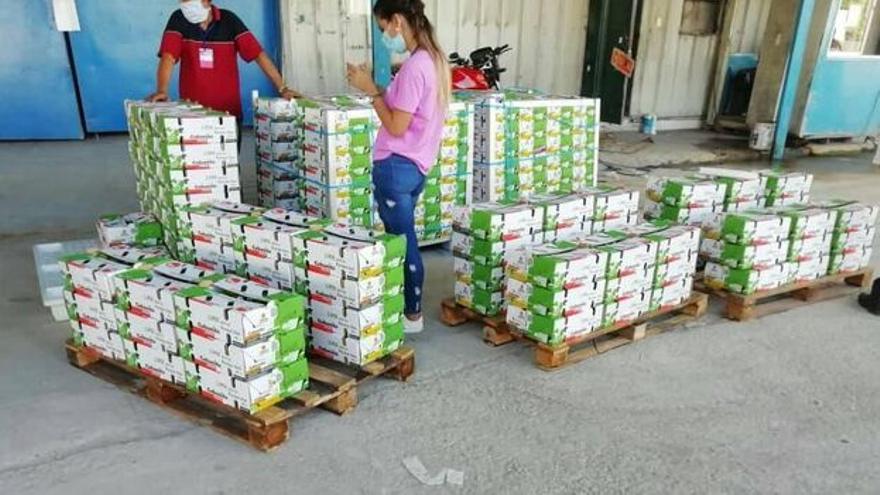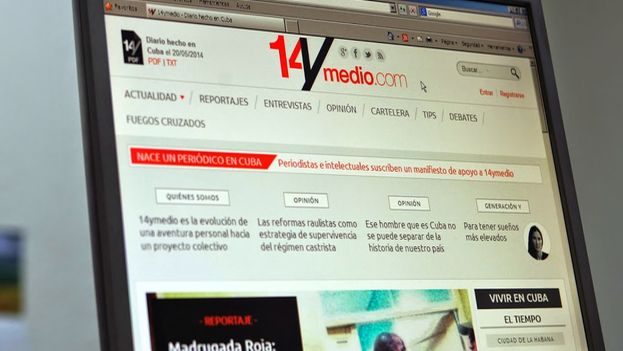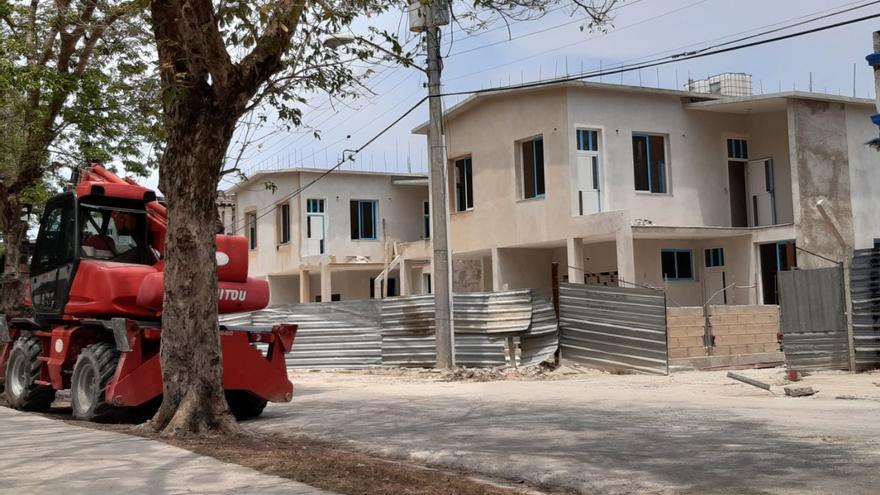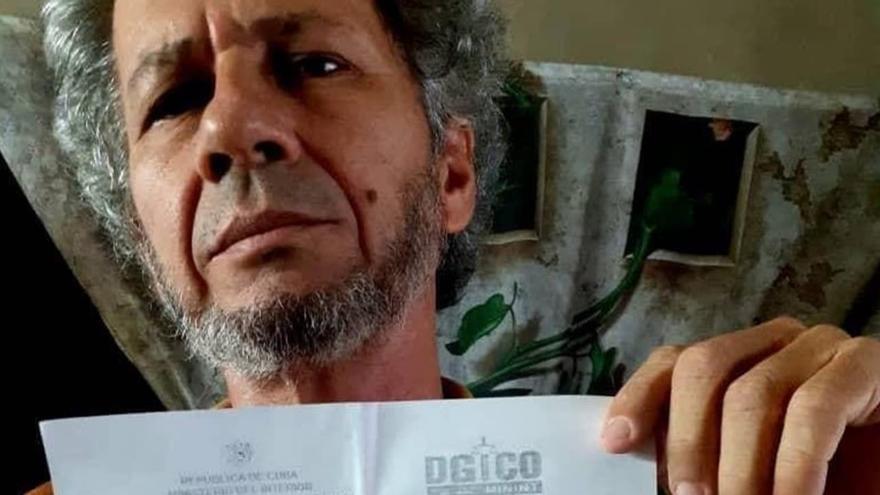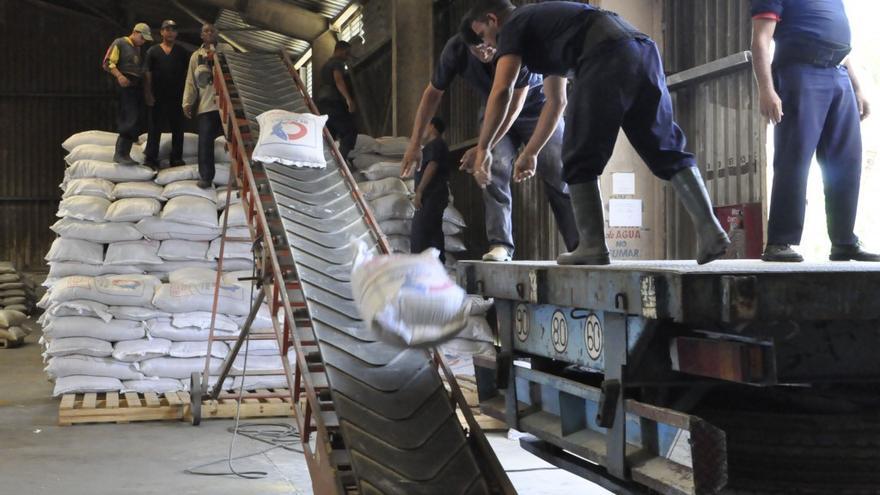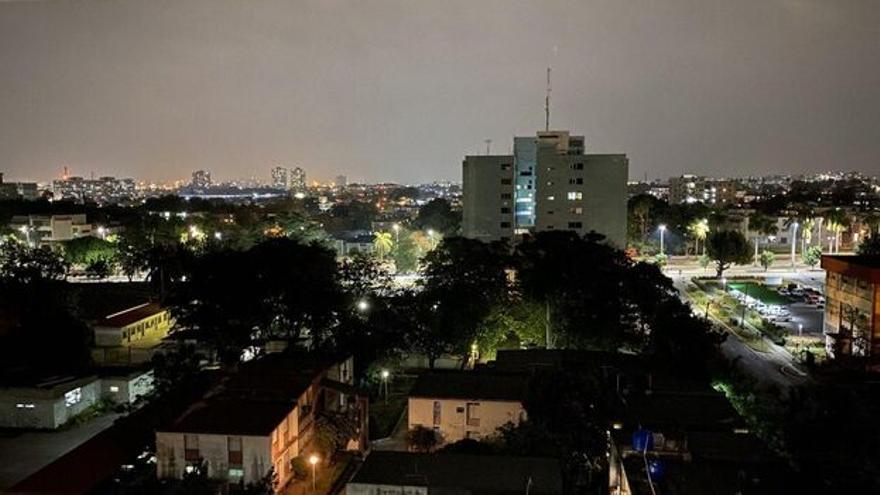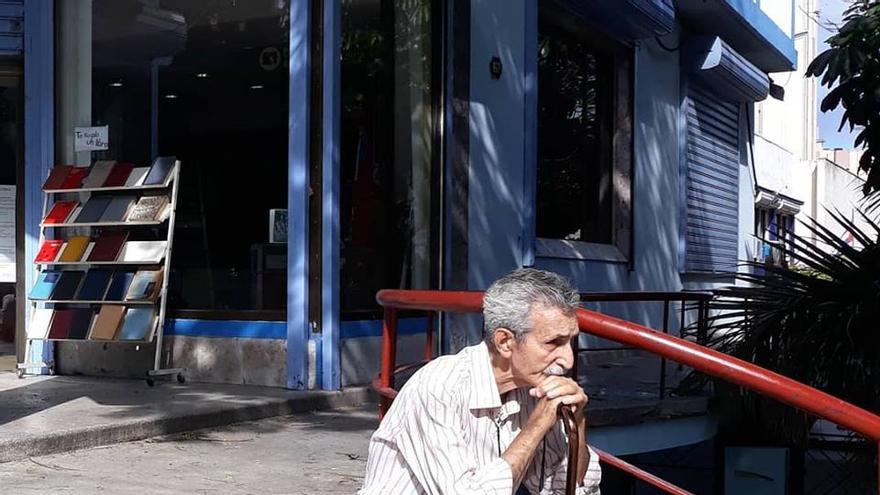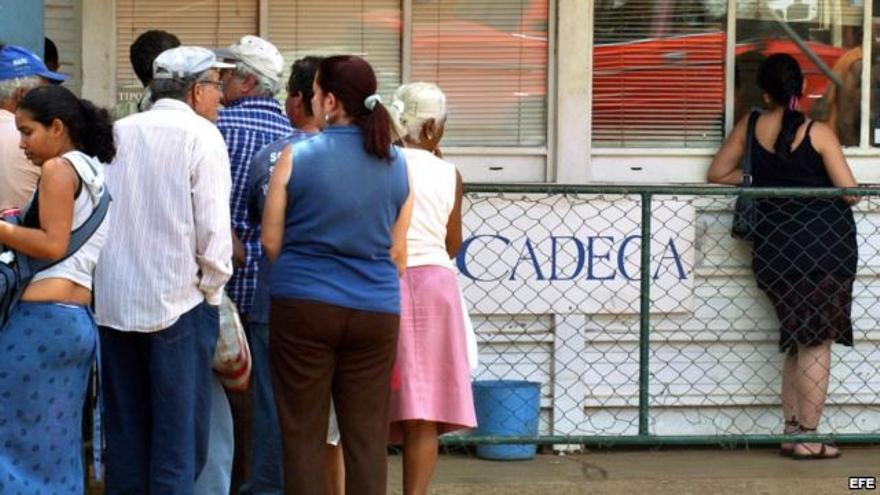
![]() 14ymedio, Havana, 20 May 2021 — Without warning, currency exchange bureaus at Cuban airports abruptly stopped selling hard currency on Thursday due to a shortage of hard cash. The news came in an announcement by Cadeca, the state-run currency exchange agency, on social media a few hours before the measure took effect.
14ymedio, Havana, 20 May 2021 — Without warning, currency exchange bureaus at Cuban airports abruptly stopped selling hard currency on Thursday due to a shortage of hard cash. The news came in an announcement by Cadeca, the state-run currency exchange agency, on social media a few hours before the measure took effect.
“In light of the limited availability of foreign currency at exchange bureaus at present, we are forced to suspend redemption of freely convertible currency at offices in international airports as of May 20, 2021,” the statement reads.
Cadeca maintains that the steep drop in tourism caused by the pandemic has led to a “significant deficit” in foreign exchange earnings. It adds that, to date, it has been able to operate within the established limits but the lack of liquidity has become unsustainable in the extreme.
Airports had been exchanging up to 7,200 Cuban pesos, or 300 convertible pesos (CUC), per person at the official rate of 24 pesos to the dollar. The unofficial rate has been as much as 55 to the dollar. continue reading
In January, Cadeca president Joaquín Alonso Vázquez explained that, during the currency unification process and for the first six months of this year, the agency would be able to exchange CUCs for Cuban pesos or another available currency. “Sometimes customers want dollars but, if we don’t have dollars at that time, we have to give them euros,” he said.
But the cash shortage became so critical that the agency had to suspend the sale of all foreign currency at the country’s most importand exchange bureaus.
Customers have reacted to the announcement with outrage at the lack of foresight that has suddenly caused them to run out of money. “And they’re only telling us this now? Suppose I had a flight tomorrow and had planned to exchange my money. What am I supposed do? Eat it? Why did they wait to notify me the night before?”
Until recently it was illegal to take Cuban money out of the country. Travellers had to trade in their pesos or CUCs before leaving. With the suspension of hard currency transactions, however, they have no choice but to try to exchange their money for hard currency overseas where, except for places like Cancun, the Cuban peso is not convertible.
Increasingly more and more stores, even those selling basic necessities, will only accept payment in freely convertible foreign currency. Consumers complain that, just when they want to exchange pesos for hard currency, there isn’t any.
Other social media commentators are expressing serious concern over the gravity of the country’s financial situation and are asking for the government to take corrective action because “the patience of the Cuban people has its limits.”
____________
COLLABORATE WITH OUR WORK: The 14ymedio team is committed to practicing serious journalism that reflects Cuba’s reality in all its depth. Thank you for joining us on this long journey. We invite you to continue supporting us by becoming a member of 14ymedio now. Together we can continue transforming journalism in Cuba.

